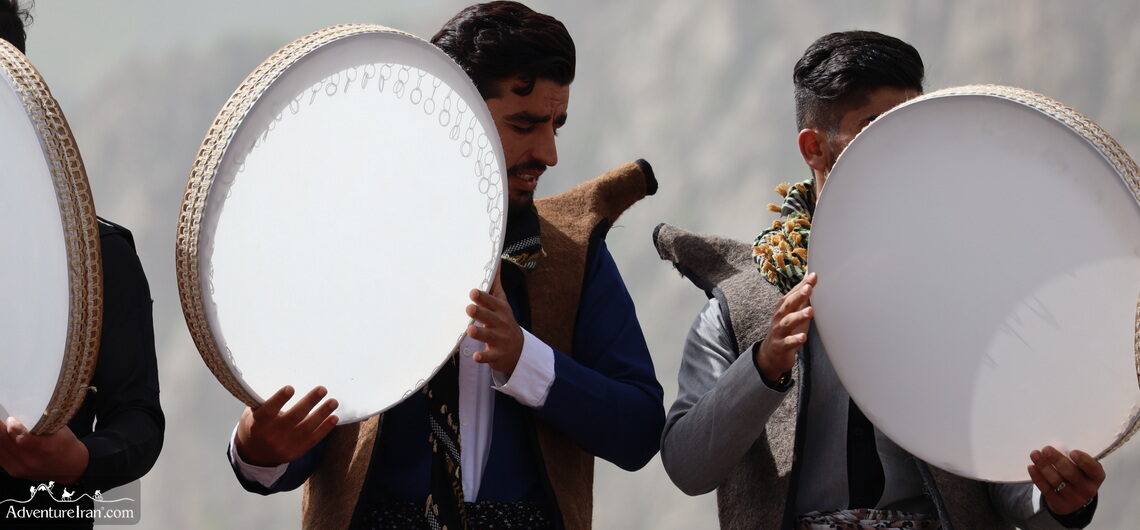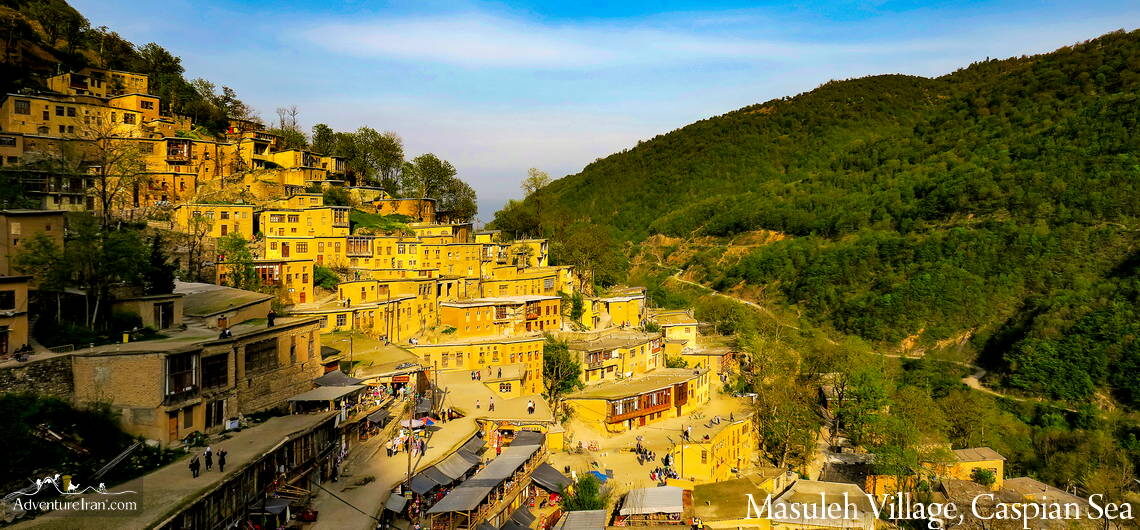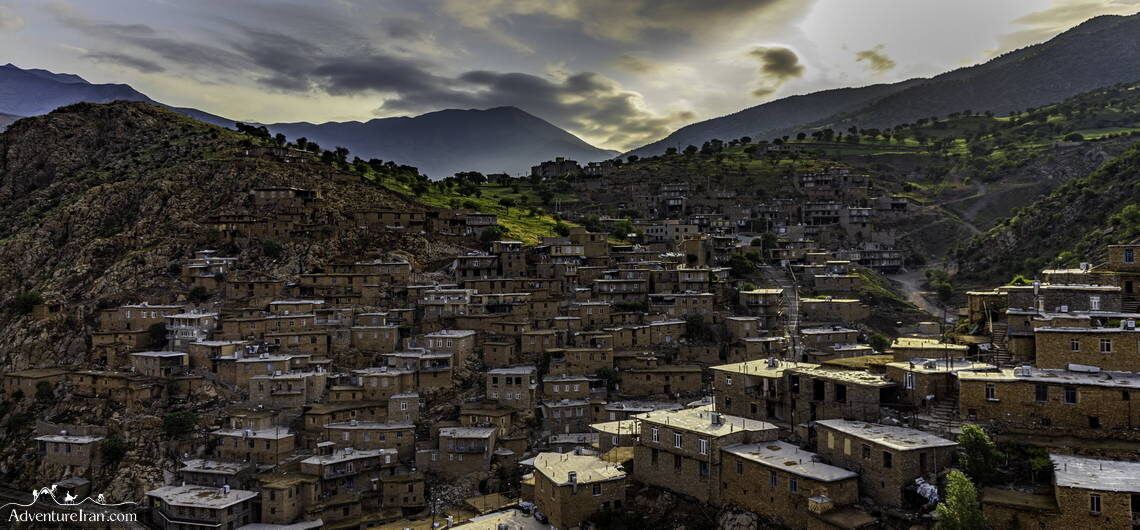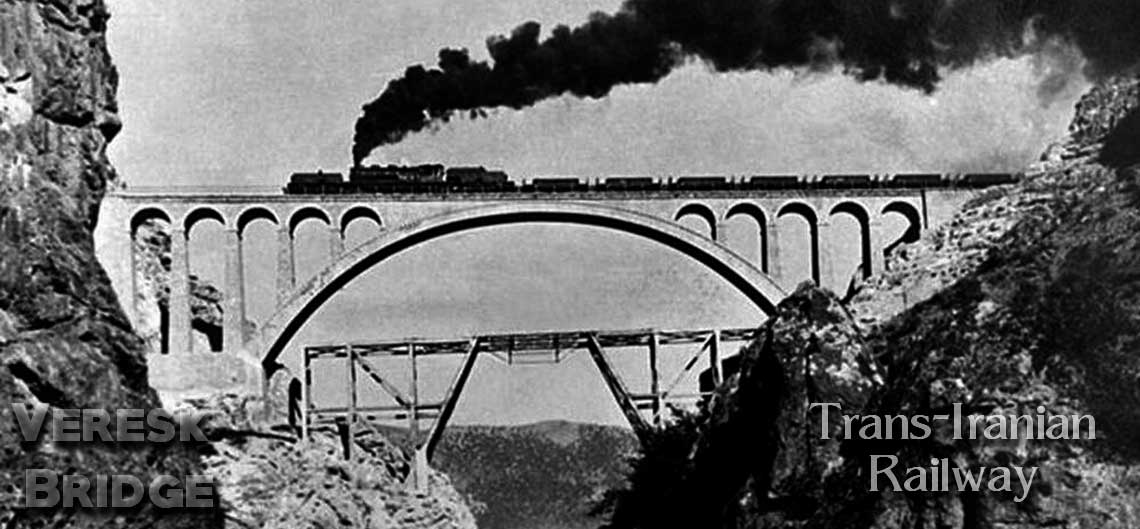Kurdish Festival of Pir Shaliar Introduction Pir Shaliar, also written Pir-e Shalyar, is one of the historical Iranian ceremonies which take place in the Kurdish region of Iran. Iranian Kurdistan is one of the most active provinces with a lot of activities. The instruments of Daf and Tanbor (Tanbur) were born in the Kurdish regions
Top 10 Iran Tourist Villages Iran is a vast country with varied climatic conditions and different weather systems with mountain regions, desert terrains, forests, lakes, and seas which create many tourist villages in different corners. Each tourist village is distinct from others regarding the climate, natural beauties, landscapes, plants, and geographical features, as well as
Photography Travel to Iranian Kurdistan & Hawraman Valley
- Activities, Attractions, Photography, UNESCO Cultural Heritage
- Adventure Iran, Hawraman, Hawraman cultural landscape, Hawraman UNESCO, Iran architectural photography, Iran Architecture Photography, Iran landscape Photography, Iran people photography, Iran photo tours, Iran photography, Iran photography travel, Iran portrait photography, Iranian Kurdistan, Iranian Kurdistan photography, Kurd, Kurdish tribe, Photography in Iran
Photography Travel to Iran: Kurdistan & Hawraman Valley Iran is a vast country with many special destinations for travel photography. Depending on the type of your photography and your travel time, there are so many places you could travel to. Kurdish regions of Iran in the two provinces of Kurdistan and Kermanshah are the most
Iran’s newest UNESCO world heritage sites in 2021
- Attractions, Destinations, News, UNESCO Cultural Heritage
- Hawraman, Hawraman cultural landscape, Hawraman UNESCO, Iran Railway UNESCO, Iran Train Journeys, Iran Trains, IRAN UNESCO site, Iranian UNESCO Site, Iranian UNESCO Sites, new UNESCO site, Train Journey, Trans-Iranian Railway, UNESCO, Uramanat, World Heritage Site
Two New UNESCO World Heritage Sites of Iran (25 June 2021) Since 1978, every year, UNESCO picks a number of World Heritage Sites for their “outstanding universal value” in the two sections of cultural and natural sites. This year in June 2021, UNESCO has picked two Iran Heritage Sites for the list alongside others from




